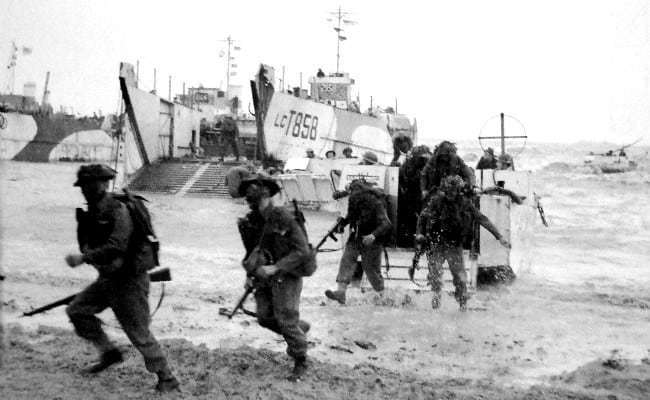Some facts are well known from the 1944 June 6 day that marked the successful invasion of Western Europe occupied by Germans at the time.
For one, most people are aware that the date significantly determined the course of World War II and marked the start of victory for the Allied forces. Also known to many is the fact that the op was code named Operation Overlord, was the Battle of Normandy that commenced by the Normandy landings of the Allied forces on June 6, 1944.
Less known might be the fact that D-Day was actually scheduled for June 5, and not June 6 as it turned out to be.
8. D-Day was Placed on June 6 Because of Terrible Weather of June 5

Headquarters Allied Expeditionary Force (SHAEF), the North West Europe center of operations of the Allied Forces Commander, arrived at Normandy on June 5 with the dismal prospect of terrible weather.
They had to postpone the invasion by a day at the behest of General Eisenhower. June 6 was no ideal either, but a meteorological report offered a slim assurance that there would be a lull in the storm to allow just enough time to launch the planned invasion.

